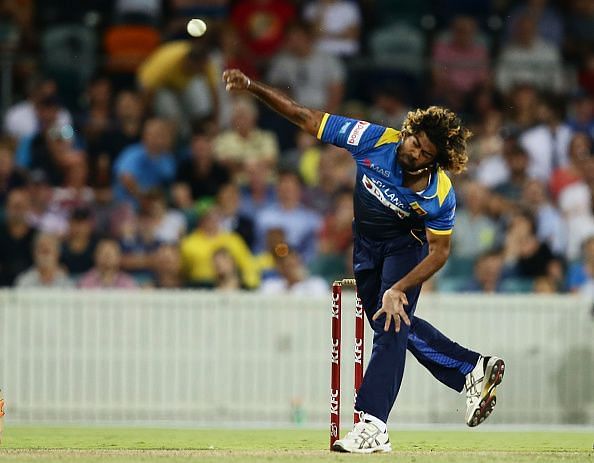
Why has Lasith Malinga become rusty?

A slinging action and the sensational accuracy made Lasith Malinga a nightmare for batsmen across the world. His unconventional bowling action is difficult to cope up with while his toe crushing yorkers are simply too hot handle.
As a result, the Sri Lankan bowler wrecked batting orders across the world and was hailed as one of finest bowlers in the limited overs format. From 2011 to 2015, he claimed 183 wickets in 113 innings and was the leading wicket-taker in the world. He was miles ahead of the second ranked bowler Saeed Ajmal (140 wickets) and his variations which included deadly yorkers and slower ones made him a massive threat in death overs.
However, after staying away from cricket in 2016 due to injuries, the pace bowler has become rusty in ODIs. In nine matches in 2017, he has claimed only seven wickets and his average has skyrocketed to 61.71 which more than double of his career bowling average.
His bowling looks toothless and now batsmen no more fear him when he comes into bowl. What has led to Malinga's downfall? We find out.
#5. Frequent injuries
Fast bowlers and injuries are inseparable. The process of running in and bowling with a systematic action is cumbersome and it takes a heavy toll on the body. Hence, most fast bowlers go through several injuries during their careers.
Malinga's unconventional bowling action puts more stress on his back and hence, he always carries with him the threat of an injury. The same reason forced the Sri Lankan pacer to cut short his Test career and now it is also affecting his bowling performances.
The injuries have prevented Malinga from playing cricket in 2016 and thus have interrupted his bowling rhythm. Plus, due to the injuries, he is unable to push himself to the extent of his capabilities.
This inability in performing to his 100% has severely affected Malinga's performances and has resulted in his downfall.